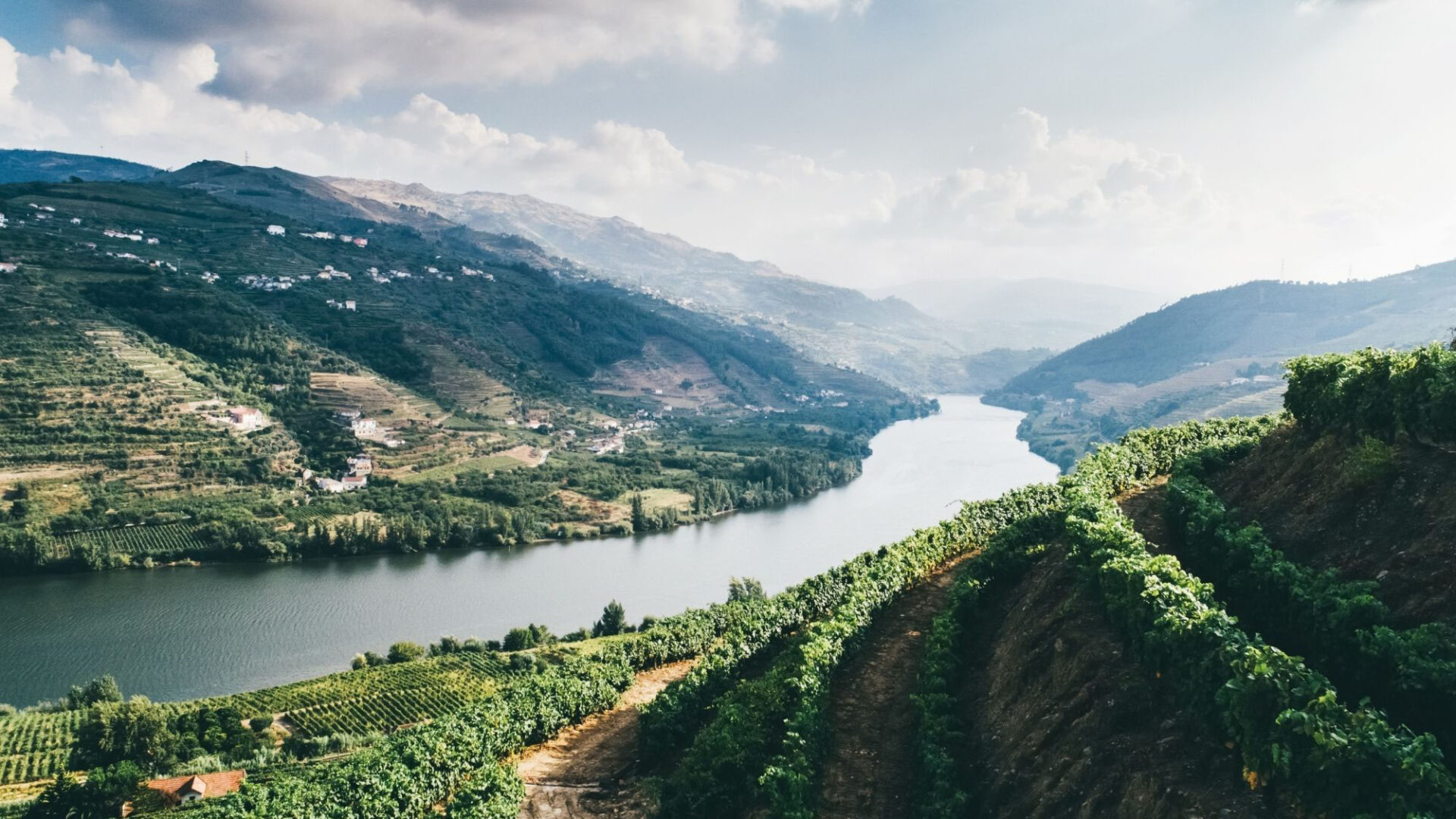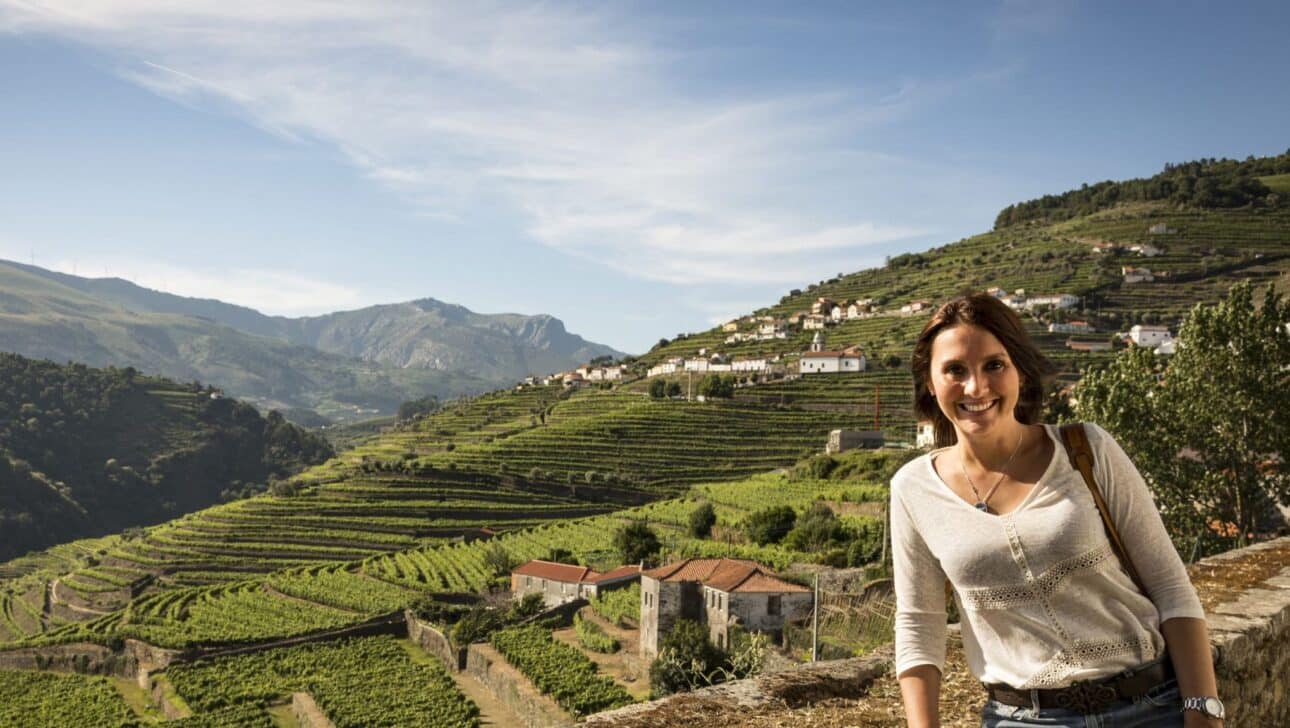Step off the beaten path and leave the touristy trail behind you as you immerse yourself in Portugal’s lesser-known landscapes. Experience the allure of Alentejo, Évora, Porto, Marvão, and Serra da Estrela as you get away from the crowds and soak in the local culture. These beautiful places blend history and nature for an unforgettable and authentic visit that most travelers miss out on. From rolling vineyards and ancient castles to the coastal villages and rugged mountain peaks, join us as we explore Portugal’s best-kept secrets.
Alentejo
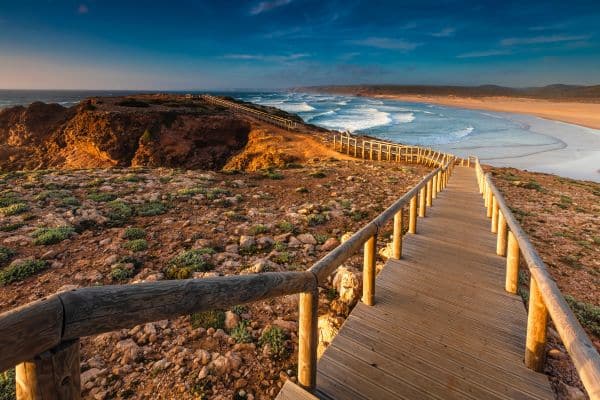
Often compared to both Provence and Tuscany, the picturesque Alentejo region of Portugal is packed with charming villages and cultural landmarks. Spanning about around a third of the country, its name in Portuguese means “beyond the Tagus River” with terrain ranging from scenic rolling plains to a coastline of white sand beaches, with olive groves, vineyards, and cork trees in between. Alentejo lures travelers from the bustling city of Lisbon to explore its slower way of life and immerses visitors in its rich nature, history, and gastronomy.
Imagine walking through thousand-year-old olive trees before tasting handcrafted and award-winning extra virgin olive oil. On tour, you’ll learn first-hand about the nuances of olive oil flavors during a guided tasting hosted on a private estate. Portugal is also the largest producer of cork in the world, and with our connections to the locals of this region, you’ll learn how the bark is harvested and get the opportunity to visit a working cork factory. Then sip and stroll through an organic winery before dining alfresco beneath cork wood trees on a vineyard. Unforgettable experiences await you as you delve into the authentic flavors of this region.
Evora
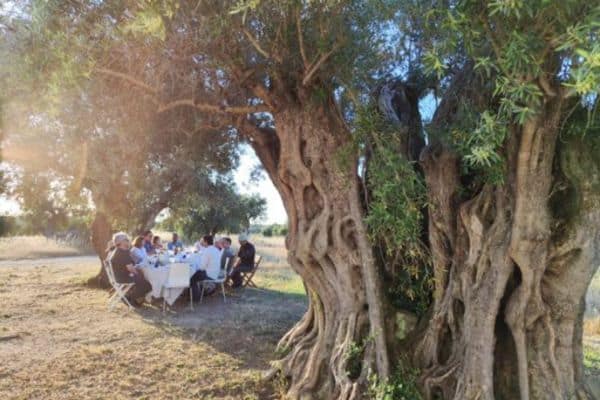
East of the capital city, and nestled in the Alentejo region, is the charming and historic city of Évora. With more than 2,000 years of history, the town has been named a UNESCO World Heritage Site in order to preserve its monuments and ruins for generations to come. Walk with us through the historic center for a visit to the Roman Temple of Évora, often referred to as the Templo de Diana. Standing in front of one of the best-preserved ancient ruins in the Iberian Peninsula, you’ll marvel at how it was built in Corinthian style in the early 1st century AD and has 14 of the original marble columns still standing. This town’s fascinating architecture extends to The Capela dos Ossos (Chapel of Bones) where the chapel is decorated with the bones and skulls of over 5,000 monks. The bones were exhumed from nearby cemeteries in the 16th century and arranged in intricate patterns on the chapel walls and ceiling, providing a unique look into the city’s religious history in the Igreja de São Francisco (Church of St. Francis).
And you can’t leave Évora before strolling across the Agua de Prata, the 16th aqueduct that bought fresh water to the city from the surrounding mountains. Pause on top of the arches, taking in the panoramic views of the scenic countryside while also appreciating the impressive engineering feat that was accomplished over 400 years ago.
Marvão
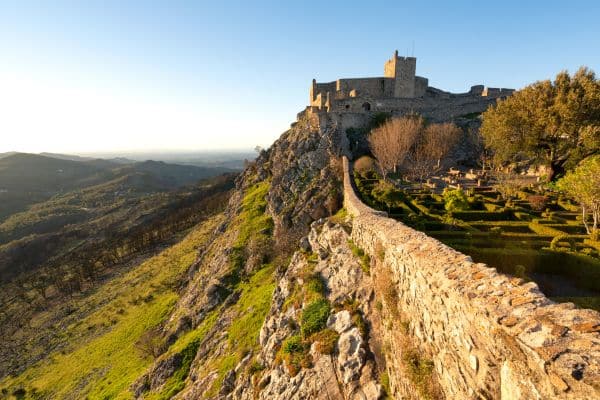
Another gem hidden in the Alentejo region is Marvão, a beautiful hilltop town with an impressive medieval castle. Perched on a quartzite cliff, Marvão Castle has been a strategic defensive location for centuries and its high walls offer travelers a glimpse into the town’s rich history (along with panoramic views of the surrounding nature). Dating back to the 13th century, exploring the towers, courtyards, gardens, ramparts, and museum is well worth the trek up.
Back in town, stroll through its cobblestone streets that are lined with quaint shops and whitewashed houses and stop into some of the picture-perfect churches throughout town. This fortified village is still encircled by medieval walls, giving it a true historical charm around every corner. If you are looking to get away from the crowds while enjoying some of the best views of Portugal, look no further than Marvão. In fact, it was recently included in the #1 New York Times bestselling book “1000 Places to See Before You Die”, making this remote village worth getting off the beaten path.
Serra da Estrela

A stunning mountain range in central Portugal, Serra da Estrela has no shortage of natural beauty. Its name means “Mountain Range of the Star,” and its Portugal’s highest mountain range, attracting outdoor enthusiasts year-round. From the rugged terrain of valleys, plateaus and lakes, this region is home to several protected areas, including the Serra da Estrela Natural Park. While skiing and hiking in the area, you can often spot wildlife such as wild boars, foxes, and the iconic Iberian wolf.
Travelers here can also experience one of Portugal’s most iconic cheeses: Queijo Serra da Estrela. The soft creamy cheese has a slightly sour and uniquely tangy flavor. Made from cardoon thistle, raw sheep’s milk, and salt has been made here by locals for more than 2000 years and follows rigorous rules. It must mature for a minimum of 30 days by artisanal producers resulting in a white or slightly yellow color and a creamy consistency. The cheese then formed into a wheel with a well-formed rind and is traditionally bound in cloth. Enjoyed throughout the region, it was proudly added to the international catalog of endangered heritage foods in 2014. Sampling some of this famous cheese offers a way to celebrate the local gastronomy and culinary heritage of the region. Bom apetite (enjoy your meal)!
Porto
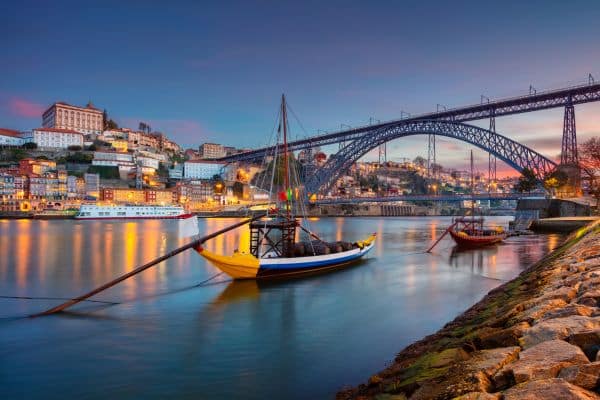
Portugal’s second-largest city, Porto boasts an old-world charm with a rich history of wine. Stroll through Riberia, the historic center, and soak in the laid-back lifestyle of the waterfront promenade along the Douro River. The unique and colorful architecture of this city impresses at every turn, with cafes, shops, and art museums along the way. Be sure to stop for a glass of Port, this region’s famous fortified wine that has been produced in the region for centuries. It is proudly offered at all local restaurants and bars…cheers!
While in town, you’ll want to visit the ornate São Bento Train Station, which features intricate tilework depicting scenes from Portuguese history and offers picture-perfect photo opportunities. Ascend the iconic Clérigos Tower, one of the city’s most impressive Baroque buildings, to take in the panoramic views from its observation deck. From up there, it’s easy to see that there is so much beauty waiting to be explored in Portugal, one step at a time.
